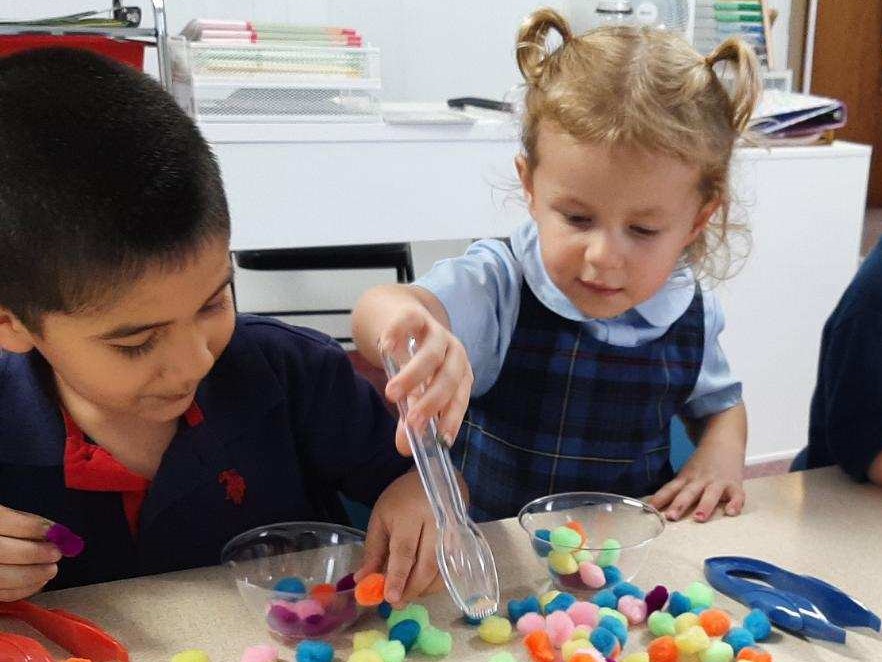
Our Mission
Geneva Academy exists to assist parents to cultivate students of wisdom and virtue to the benefit of man and the glory of God through a distinctly Christ-centered, academically rigorous classical and covenantal education.

We believe in entwining a high standard of academic scholarship with authentic, grace-infused discipleship. A nurturing and joy-filled environment beautifully prepares students to discover their purpose and potential.
We aim to produce young men and women who listen carefully so they may be equipped with both information and the knowledge of how to use the tools of learning to be well prepared in all situations. We desire them to think clearly with discernment and understanding in order to evaluate their entire range of experiences in the light of the Scriptures. Whereby they distinguish real religion from religion in form only and recognize that cultural influences are distinct from Biblical standards, fully realizing and being unswayed by the limitations and foolishness of the wisdom of this world. We desire they be socially graceful and spiritually gracious, noting and loving the Lord Jesus Christ, having a heart for the lost and the courage to seek to dissuade those who are stumbling towards destruction and do so with eagerness, gratitude and humility in joyful submission to God.
We aim to cultivate these same qualities in our teachers, tutors, and administration and to see them well compensated so that they may make a long-term commitment to Geneva Academy. We desire them to be professional, mature in Christ, diligent in their work, gifted in teaching, clearly understand classical education, possess a lifelong hunger to learn and grow, ever increasing in the knowledge of God, nurture one another, and love their students.
We aim to see the parents of our students be well-informed about the goals of our classical, Christ-centered, and covenantal approach instilling in them a sense of responsibility for and desire to grow and engage with Geneva Academy and be excited about the journey.
It is vital for our Geneva Academy community, including students, parents, teachers, and faculty, to follow Biblical principles in addressing concerns, to hear both sides of a story before rendering a verdict, and to embrace the Scripture’s injunctions to encourage and stir one another up to love and good works.
Finally, in our relationship with our larger community, we aim to be above reproach in our business dealings and supportive of the local businesses. We further seek to exemplify the unity of the body of Christ, to develop greater fellowship and understanding with the churches, and to bring honor to our Lord in all our endeavors.
Statement of Faith
Our board of directors is comprised of members of various churches and denominations. We welcome families from any church or denomination as long as they are able to abide by our statement of faith.
Academics
Classical education teaches students how to learn instead of what to think. It guides students through the natural phases of learning. Its goal is to inspire the soul to love what is true, good, and beautiful.
Frequently asked Questions
We teach students to gather all the facts before making a decision on anything. We encourage you to do the same. Check out our F.A.Q.s to find the answers to many of our common inquiries.